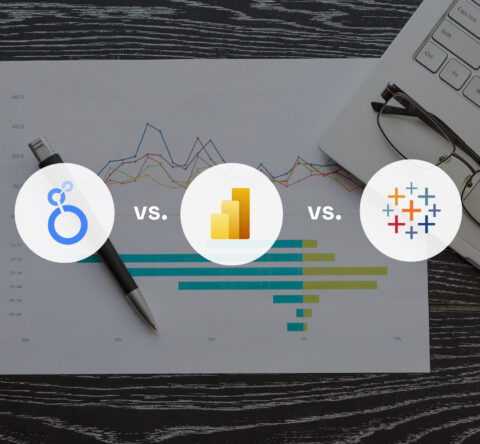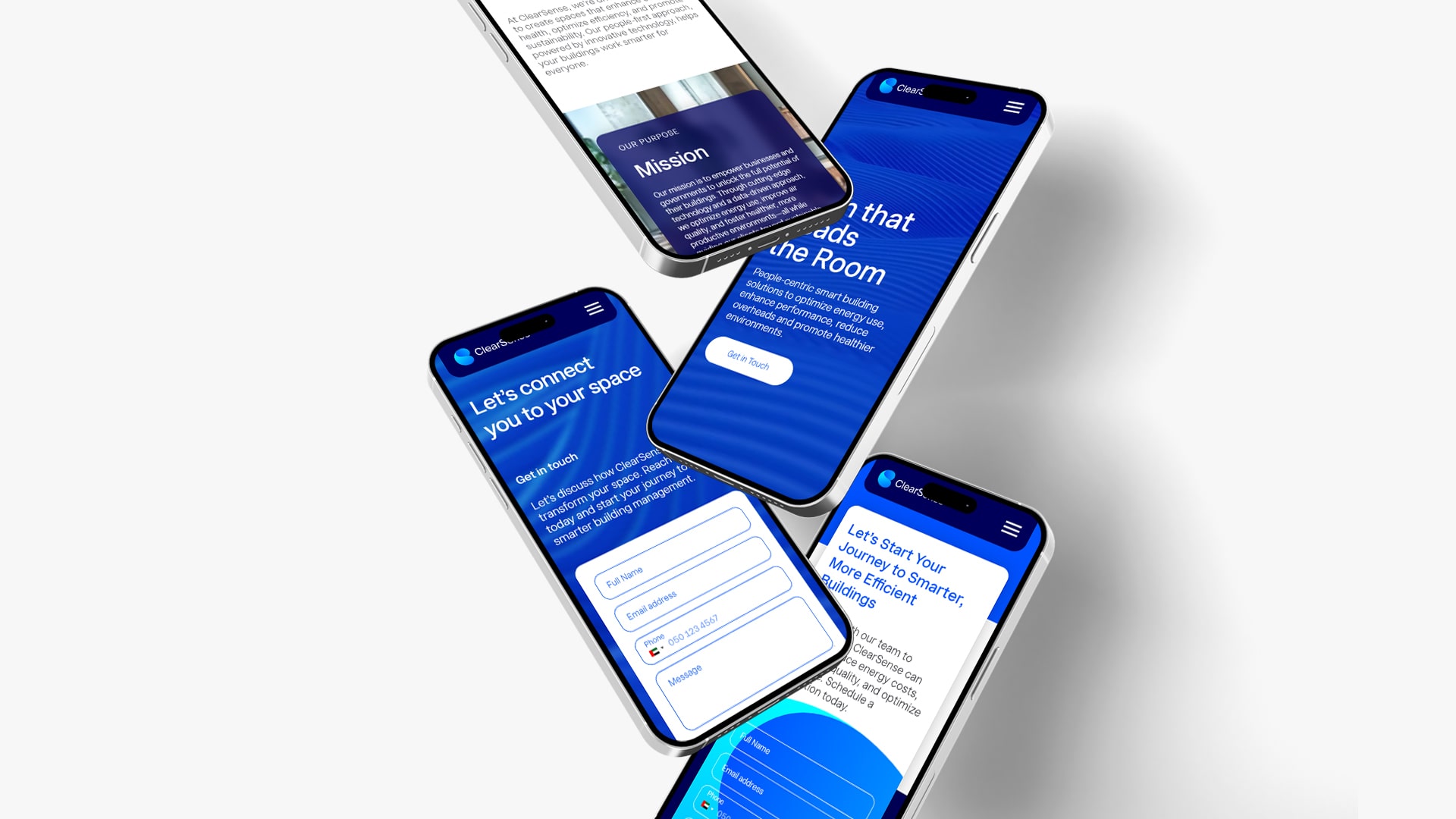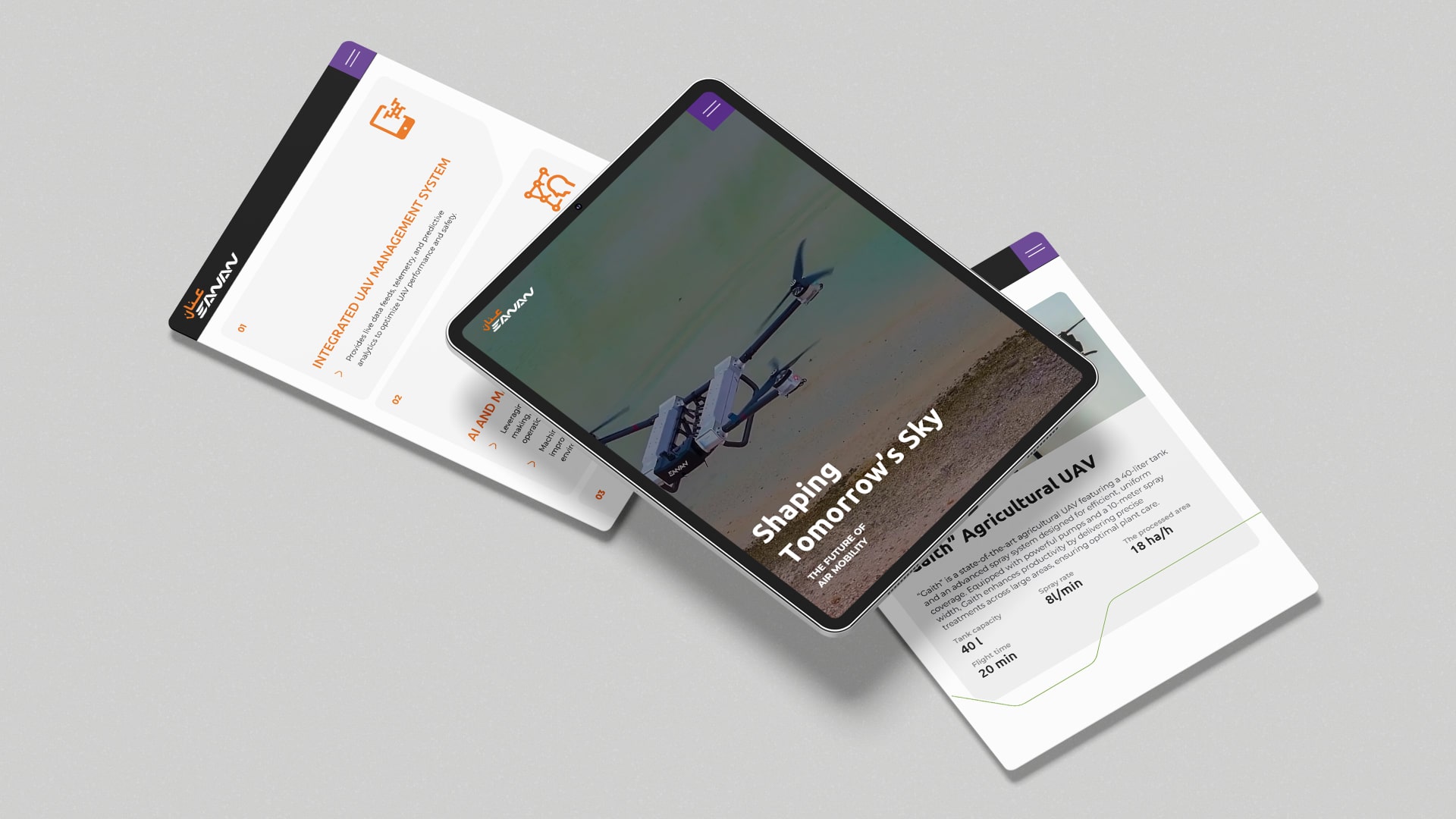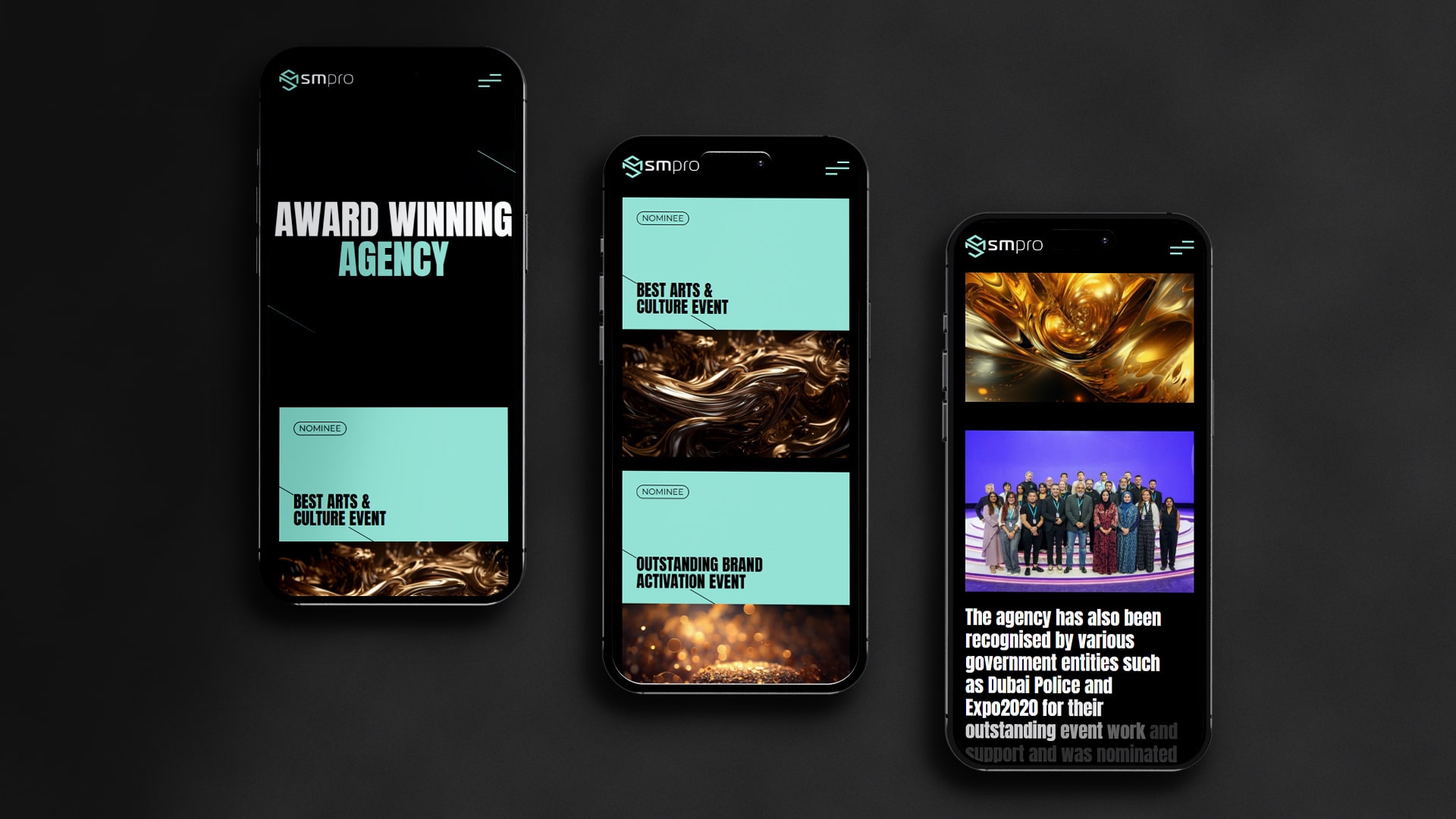What is a Progressive Web App (PWA)?
A Progressive Web App (PWA) is a web application that uses modern web techniques to deliver a native app-like experience. It is a mix of both mobile applications and traditional web pages. PWAs are web applications with progressive enhancements that use features like caching, background sync, and push notifications. They are highly secure and scalable. There is a lot of buzz around Progressive Web Apps (PWAs) being the future of web development and with increased dependence on mobile devices, there is a significant reason to believe that PWAs are the tool of choice.
How are PWAs different?
Prior to PWAs, you had native (mobile) apps and websites functioning independently of one another. When native apps are designed specifically for mobile they are fast and efficient. Websites, on the other hand, are great for desktop viewers but can be slow and only get worse when there are connectivity issues. With PWAs you get the best of both worlds as they perform like an app in slow connectivity as well as no connectivity. Here are some others reasons to consider PWAs.
What are the advantages?
1. Seamless User Experience
You’re on the move and suddenly the connection goes on strike. No problem! With the PWA your customers can still be “online” even though they are almost offline. This is possible because PWAs are equipped with service workers. These are “middlemen” between app, browser and the network. They store and download the information your customers entered and used in the app the last time.
2. PWAs can also be used offline
PWAs will provide content while the user is online, but one of its great features is that it still works while the user is offline. Service Workers is a programmable proxy that enables applications to control how network requests from your page are handled. They are idle when not in use and restart when they are needed and run separately from the main browser. Service Workers are at the core of PWAs and help the app work offline.
3. Combine the best of mobile apps and websites
Like an ordinary website, progressive web apps (PWA) consist of multiple pages of information. They are designed to work on a browser like Google Chrome and use HTML5 and JavaScript, among other things. They also offer API integrations. It was also reported that Google wants to integrate web apps and PWAs even further into the operating system – using such API interfaces.
4. No App Store necessary + Cross Platform
A further advantage of a PWA is that you do not have to create a PWA for several operating systems and therefore have to accept high costs. You have a PWA that runs cross-platform. The PWAs still appear on the mobile phone – by being stored on the home screen. In addition, they update themselves automatically (thanks to the service worker).
5. PWAs are shareable
Since PWAs are websites, they can also be easily shared as normal links via messenger services and forwarded to friends, acquaintances and work colleagues. These are opened in a new browser window, can be saved as bookmarks and forwarded via social media.
6. Easy updates
When changes or tweaks are made to a native app, you need to contact the app store about the adjustments and updates, and to fix any bugs or errors. Often this requires writing two separate codes–one for Android and one for Apple. And this process might take a week or longer to deploy and for the update to take effect. The benefit of PWAs is that when you make the changes they are deployed immediately and there is no need to contact anyone. No need to register, and no need for users to pay fees for downloads or in-app purchases with a PWA.
7. PWA do not consume valuable memory
Because PWAs are only stored on the home screen and hosted on web servers, they occupy virtually no memory on the smartphone. They are only stored on the home screen – both under Android and iOS. Another important point to keep your users happy when they use your business web app.
8. High Security
Security is always a concern, so much that Google gives preference to secure websites. This standard requires web developers to program websites in HTTPS to provide protection for consumer information. As a result, it is easier to launch a PWA in a secure setting giving users peace of mind that their personal information is secure when it is entered into a PWA.
Is it something you should invest in?
If you’ve been holding off on developing a responsive website or a native mobile app, now might be the time to act. Many businesses have already built a (native) mobile experience for their customers, but a good PWA effectively replaces both a company’s website and mobile app. It is a mobile-first approach to connecting with your customers and if you lack a mobile presence, a PWA will allow you to get in the game and provide an experience that is catered to your customer.
For more such blogs, visit GTECH, one of the best web development agency Dubai.
Related Post
Publications, Insights & News from GTECH








